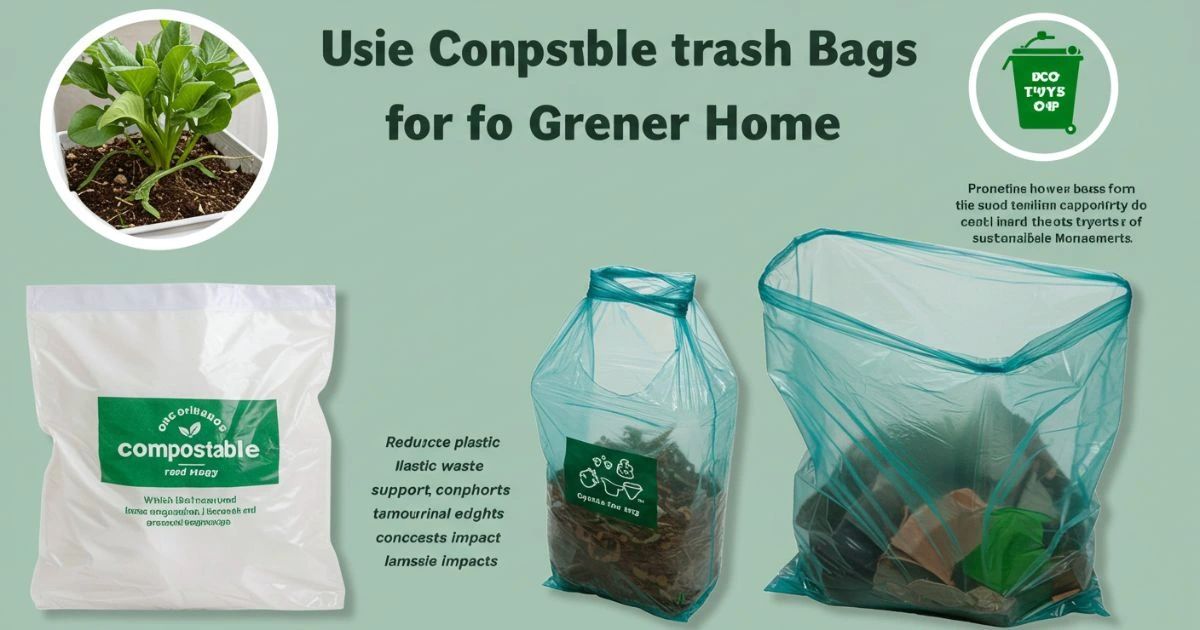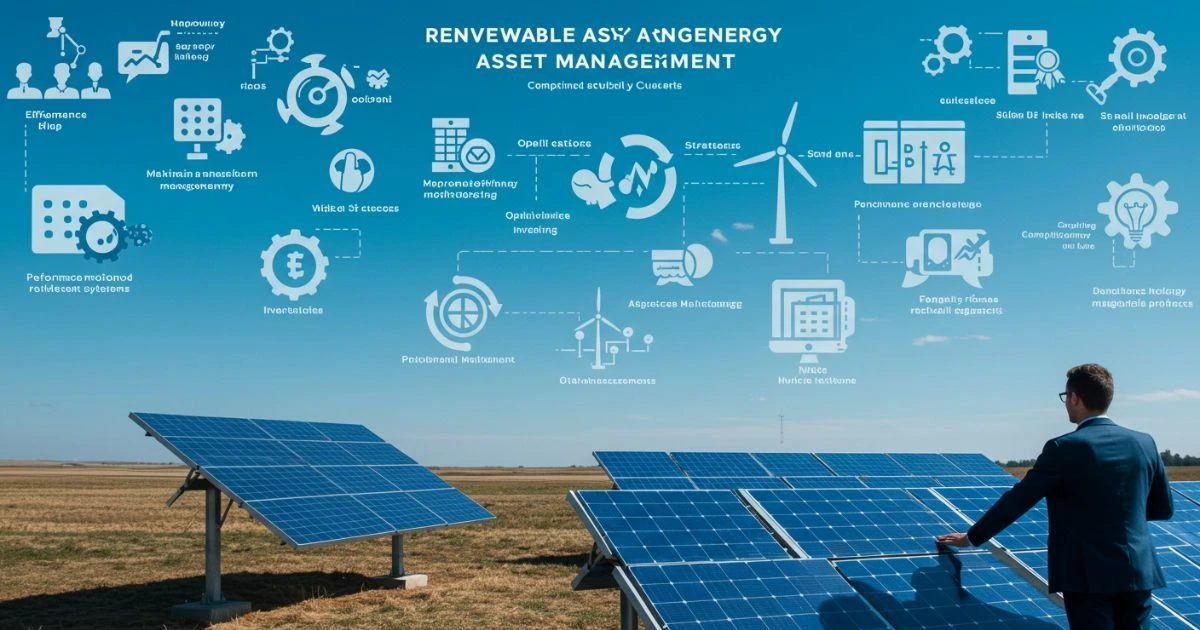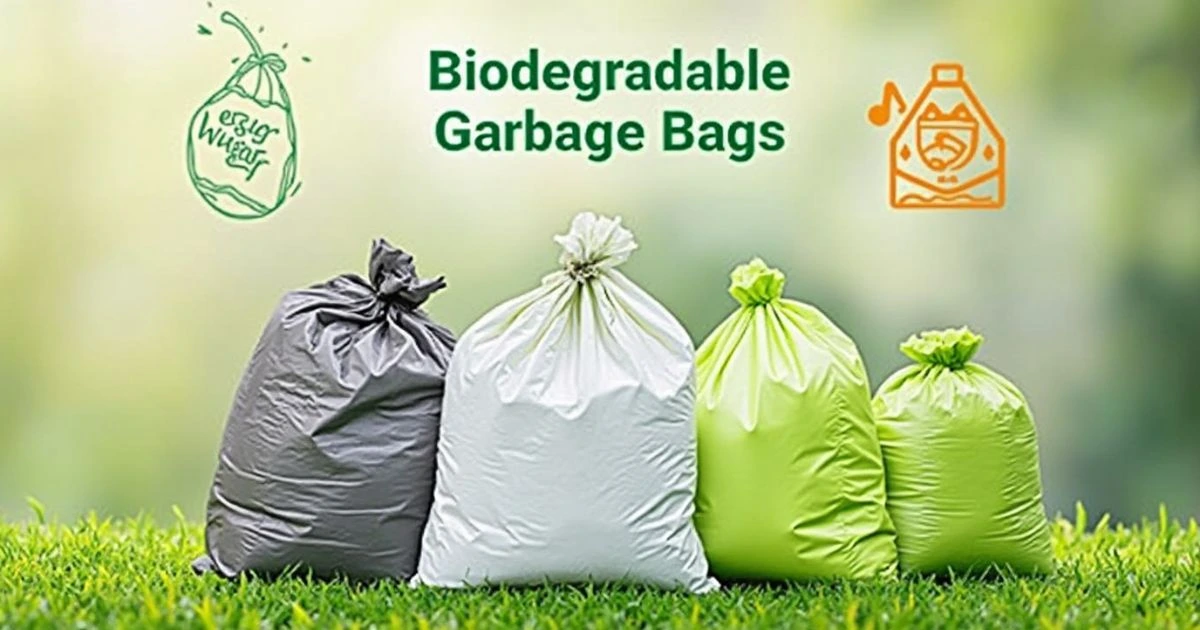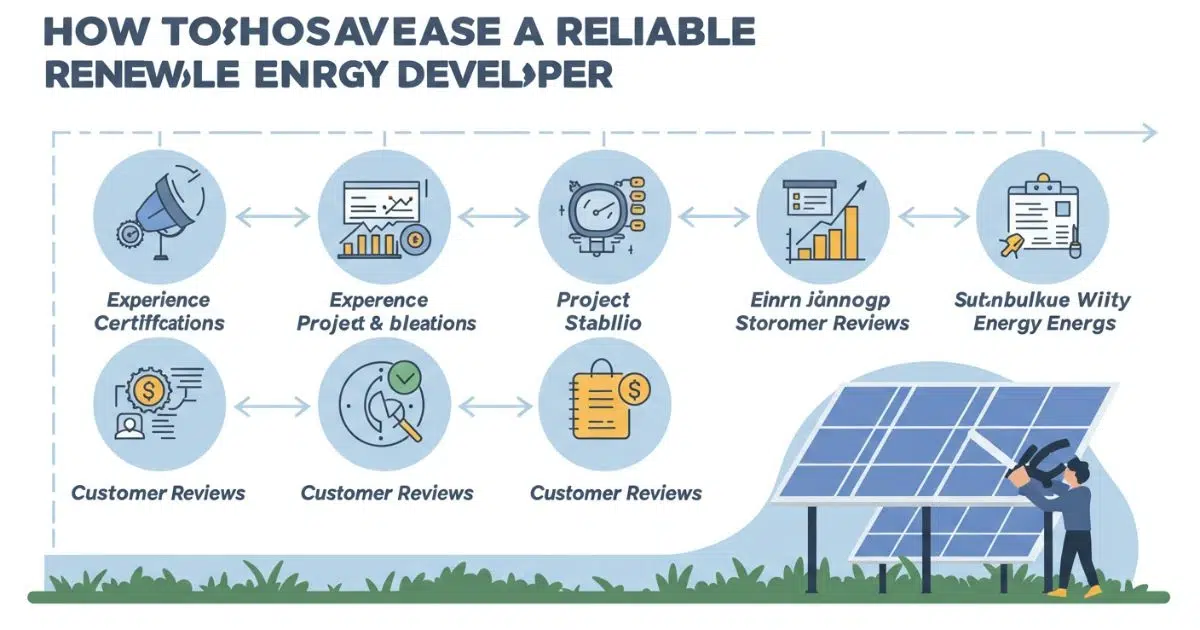Benefits of using compostable trash bags for a greener home
Compostable trash bags are a better choice than regular plastic bags. They’re made from things like cornstarch or vegetable oils. These bags can fully break down in big composting systems or even in your backyard.
Using these bags can make your home more eco-friendly. Unlike plastic bags, which take ages to break down, compostable bags turn into soil in just months. They’re perfect for food scraps and garden waste, helping your community recycle more.
Key Takeaways
- Compostable trash bags eliminate plastic waste and reduce landfill buildup.
- They decompose safely, leaving no toxic residues behind.
- Align with home composting efforts to boost organic material recycling.
- Certified options meet standards like BPI or TÜV AUSTRIA for environmental safety.
- Easy to use in kitchens, bathrooms, or gardens for everyday sustainability.
Understanding Compostable Trash Bags and Their Composition
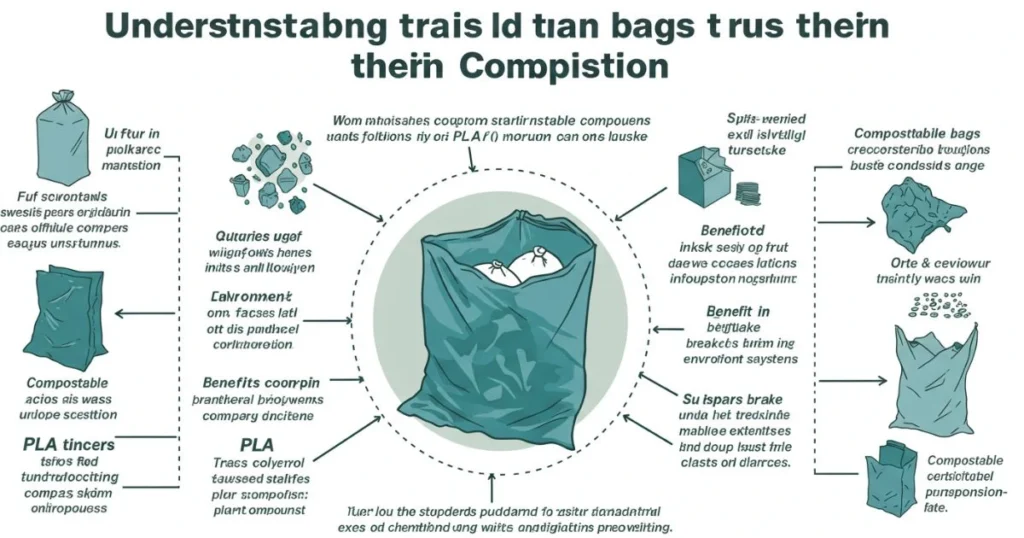
Choosing green trash bags means knowing their difference from regular plastics. These bags aren’t just green; they break down naturally. Make sure to pick bags labeled “compostable” and supported by science for an eco-friendly option.
What Makes a Trash Bag Truly Compostable?
Compostable bags are made from plant-based materials that turn into water, carbon dioxide, and organic matter. Unlike regular plastic, which lasts for centuries, these materials are safe for the environment. Look for bags made from cornstarch, vegetable oils, or PLA (polylactic acid), which are from renewable sources.
Key Materials Used in Green Trash Bags
- Cornstarch: Made from corn, it becomes soft when heated, making bags flexible yet strong.
- Vegetable Oils: From plants like soy or canola, they add strength without harmful chemicals.
- PLA: A plastic-like material from fermented plant sugars, breaking down in industrial composting facilities.
Certification Standards to Look For
Not all claims are the same. Look for certifications like BPI Certified (Biodegradable Products Institute) or ASTM D6400, which confirm industrial compostability. For home use, check for home compostable labels. These standards ensure the bags meet strict biodegradation criteria, so you know your choice makes a real impact.
Environmental Impact of Switching to Biodegradable Garbage Bags
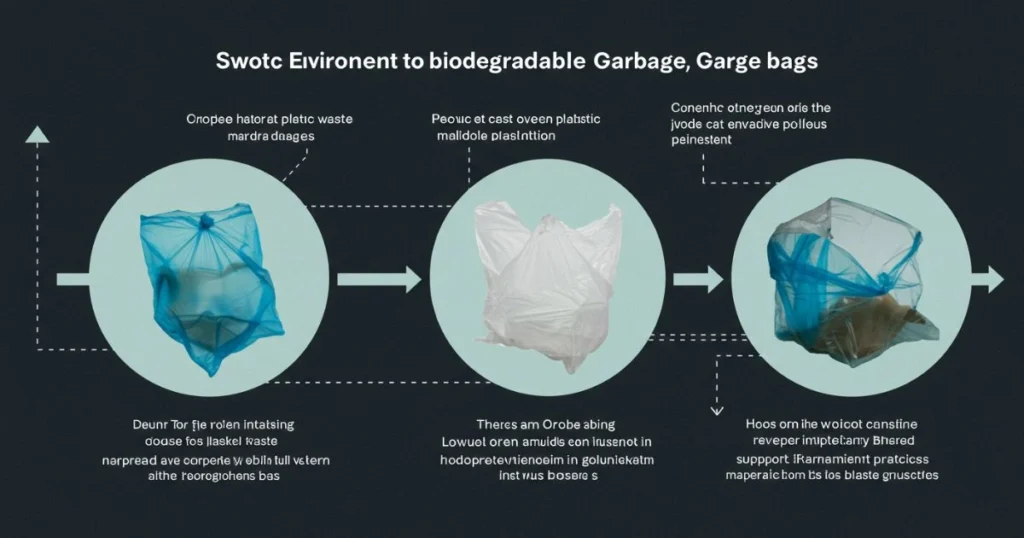
Choosing biodegradable garbage bags makes a real difference. Traditional plastic bags can take up to 1,000 years to break down. They release harmful microplastics into our soil and water. On the other hand, biodegradable garbage bags can decompose in just 6 months under the right conditions. They turn into nutrient-rich compost.
This big change helps reduce landfill overcrowding and pollution.
- Carbon Footprint: Making biodegradable garbage bags produces up to 60% fewer greenhouse gases than plastic bags, a 2023 USDA study found.
- Landfill Space: The U.S. landfills get flooded with over 38 million tons of plastic waste every year. Biodegradable bags help free up space as they naturally break down.
- Microplastic Reduction: These bags don’t break down into toxins like plastic does. A Stanford University study showed they cut microplastic leakage by 95% in waste streams.
“Household shifts to biodegradable products create ripple effects. When 10% of U.S. households adopt these bags, it’s like removing 50,000 cars from roads annually in emissions savings.”
Every bag you use supports a circular economy. Unlike plastic, which ends as waste, biodegradable garbage bags return nutrients to the soil. This closes the resource loop.
Even small changes can make a big difference. Your choice helps reduce the 8.7 billion plastic bags discarded daily in the U.S. Choosing certified compostable options aligns your waste habits with environmental health. It shows that individual actions can shape global outcomes.
How to Properly Use and Dispose of Compostable Trash Bags
To get the most out of compostable garbage bags, use them right and dispose of them correctly. Here’s how to make sure your actions match their purpose.
Best Practices for Everyday Use
- Keep compostable garbage bags in a cool, dry spot to keep them strong until you use them.
- Use them to line small kitchen bins for food scraps, then move them to bigger bins outside.
- Don’t overfill them—leave some room to avoid tears.
Ideal Waste Types for Biodegradable Dustbin Bags
These bags are best for organic materials like:
- Vegetable and fruit peels
- Grass clippings
- Shredded non-waxy paper
“Stay away from non-compostable items like plastic, dairy, or meat—they slow down decomposition and mess up compost piles,” says the Biodegradable Products Institute (BPI).
Composting Methods That Work With Your Bags
Use your bags with these methods:
- Backyard composting: Just dump the bags into your bin and mix it up every week.
- Municipal programs: See if your city takes these bags at the curb (like San Francisco’s green bin program).
- Commercial facilities: Use bags with BPI or TÜV AUSTRIA certification for big-time composting.
Common Mistakes to Avoid
Avoid:
- Using them in hot kitchens (heat can damage them).
- Mixing them with non-compostable trash—they only break down in certain conditions.
- Reusing them—they’re made for one-time use to ensure safe breakdown.
Comparing Compostable Garbage Bags to Traditional Plastic Options
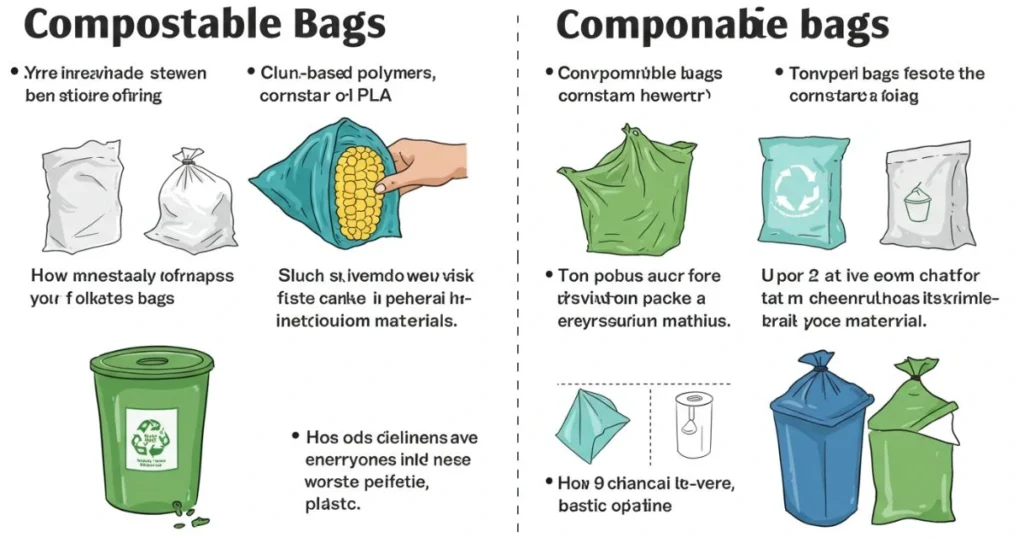
Choosing between compostable and traditional plastic bags involves weighing cost, performance, and practicality. Let’s look at the key factors to help you decide what’s best for your home.
Cost Analysis: Are They Worth the Investment?
Biodegradable dustbin bags are pricier, costing 2–4 times more than plastic. For instance, EcoSafe compostable bags are $0.12–$0.30 each, while standard plastic bags are $0.05–$0.15. This could mean an extra $20–$50 a year. Yet, the long-term environmental benefits, like less landfill waste and pollution, make them worth it. Look for bulk deals or brands like BioBag to save money.
Durability and Performance Factors
Biodegradable dustbin bags are as strong as plastic if made with plant-based polymers like cornstarch. For heavy-duty use, choose thicker 4–6 mil bags. Here’s a comparison:
- Plastic: Resists tears but takes centuries to degrade
- Compostable: Biodegrades in 90–180 days under industrial composting but may split if overfilled
Storage Requirements and Shelf Life
Biodegradable dustbin bags need dry, cool storage. Keep them away from sunlight or heat to prevent early breakdown. They last 1–2 years, compared to 3–5 years for plastic. Store them in a pantry or closet, not a garage. Moisture can shorten their life.
“Switching to compostable bags is a small change with big impact,” says the U.S. Composting Council. “They reduce plastic waste while fostering sustainable habits.”
Addressing Common Concerns About Biodegradable Alternatives
Choosing compostable trash bags or biodegradable garbage bags can raise questions. Let’s look at the science and real data to help you decide:
“Third-party certifications like BPI ensure compostable trash bags meet strict standards for decomposition in industrial facilities.” — Sustainable Packaging Coalition
Do they fully break down? Certified bags break down 90% in 180 days in commercial composting. Home setups might take longer. Always check the biodegradable garbage bags label for specific conditions.
- Landfill Impact: Studies show these bags degrade 50% faster than plastic in landfills. This reduces microplastic residue by up to 80% over five years.
- Strength and Odor: Brands like BioBag and NaturBag use plant-based polymers. These polymers resist leaks and odors. Their 4-mil thick bags can hold up to 50 lbs of kitchen waste.
- Cost and Access: Prices have dropped 20% since 2020 as demand grows. Online retailers like Amazon now stock biodegradable garbage bags at prices matching mid-tier plastic options in 28 U.S. states.
Certifications like TÜV AUSTRIA confirm these claims. The transparency in production and pricing shows these options are viable. They don’t sacrifice convenience.
Conclusion: Making the Switch to Eco-Friendly Waste Management
Starting to use compostable garbage bags is easy. Just begin by swapping out your old waste bags for green trash bags. Look for brands like BioBag and EcoSafe. They meet high standards for breaking down safely.
Start small, like using them for food scraps. Then, you can use them more widely. You can find these bags at Amazon and local stores. Make sure to check for certifications to know they’re really eco-friendly.
Every choice we make counts. While compostable garbage bags are a step in the right direction, they’re just the start. Combine them with recycling and reducing waste for even more impact. By choosing green trash bags, you’re setting a good example for the future. For more ideas, check out Earth911 or local composting guides. The key is to keep moving forward, even if it’s just a little bit at a time.
FAQ
There are no reviews yet. Be the first one to write one.

